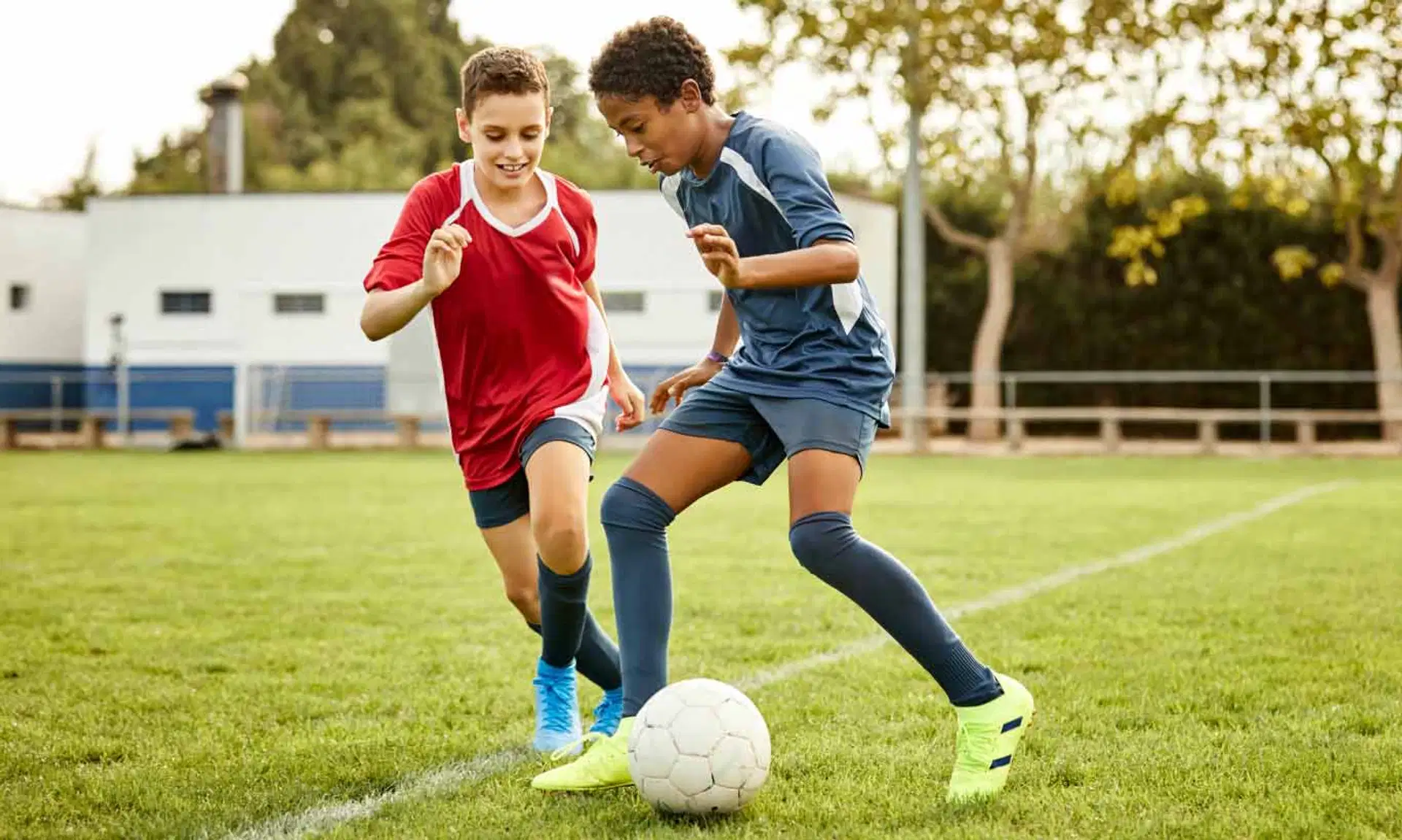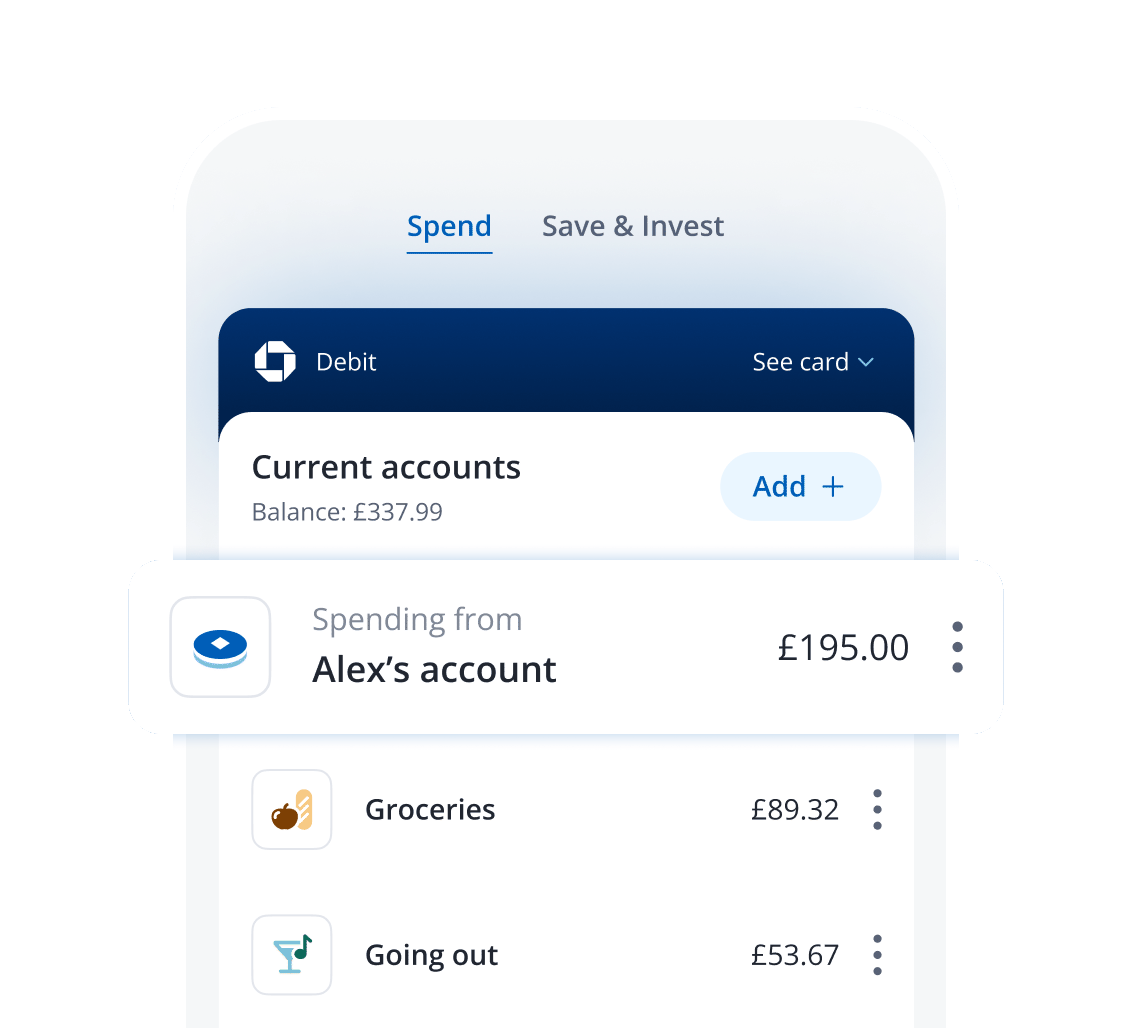life
Are competitive sports really a fair game for all young people?
4 min | 15 July 2022


The world of sports is seen as the great equaliser. But there's more that goes into being an athlete than just training. Some sports can still fail to attract diverse talent because they may be inaccessible to underserved children.
We tend to think of sport as being meritocratic, you’re rewarded by how well you perform. However, to become a professional athlete, you often need more than just talent: you need financial support. The financial barriers to accessing sporting clubs, equipment and spaces can mean that some talented young people are not getting a fair shot at becoming athletes.
Fewer young people are participating in sports than in previous years, perhaps because there are so many distractions to compete with. From binge watching TV shows to gaming, young people now have greater options about how to spend their free time. A 2021 study from the Sport and Recreational Alliance found that young people are less likely to return to organised activity post-lockdown, with projected returns 30% lower than pre-pandemic levels. This drop was predicted to be more prevalent in ethnically diverse and deprived areas.
This research echoes the 2019 study from the University of Bath that found that, in contrast to the 64% of children from the highest income households, only 46% of young people from families on the lowest incomes take part in sport.
To better understand this issue and how to solve it, I spoke to Mayowa Quadri, a sports commentator and journalist.
"If you’re from inner-city London and the school you’re at doesn’t have a greenbelt, that can massively reduce the opportunities you have to participate in some sports," Mayowa told me. "You may only get to play sports that can take place in a hall or on concrete, so you'll typically be playing football or basketball or similar."
Space to play
Outside school, one of the most significant issues hindering the progress of young people from developing in sports is access to safe and practical training spaces. "Wealthier schools can afford to pump more money into recreational sports and have access to sport-appropriate spaces," Mayowa reflected. "For example, friends who went to better schools than me could play sports like Ultimate Frisbee or lacrosse – some of them got to try rowing because they were close to lakes." Sports like athletics and football may have more diverse participants. As Mayowa tells me, these sports have "low barriers to entry", meaning young people don't need to spend as much on expensive equipment or ideal locations to play and train.
Fully and partially funded after-school programmes can encourage young people try out a range of sports. However, a study by the LSE Housing and Communities for StreetGames found that young people from underserved areas often give up playing sports after leaving school, because they can’t afford to participate.
Remember the goal
The competitive nature of youth sports can negatively impact children's mental health. Participation, commitment, gaining confidence, exercise and socialising should be the drivers, rather than making children anxious if they don't get picked to play or win every week.
How do we make sport fair and accessible to all?
Mayowa's answer: sharing resources. "When I was a student, a wealthy neighbouring school paid for people from my school to do Army Cadets," he said. Distributing resources in this way can help improve equity among school children when it comes to sports access. Poorer areas need investment to supply cheaper and affordable sports provisions that encourage participation beyond the schoolyard. To expand the breadth of sports that young people can access, staff and volunteers who work with them should be well trained. This training can also help develop skills that children can turn into jobs once leaving school.
In the world of competitive sports, countries like Norway managed the issue of accessibility by promoting equality and fairness over competitive leagues. The Norwegian National Lottery, for instance, injects a lot of funding into youth sports to limit participation depending on parental income. Nor do they publish the scores for games, and teams can be penalised for the latter.
Overall, the world of sports has a long way to go until it may be considered genuinely equal. Still, work is being done, and we know it is possible to give young people enriching sporting experiences that won't depend on affordability.






